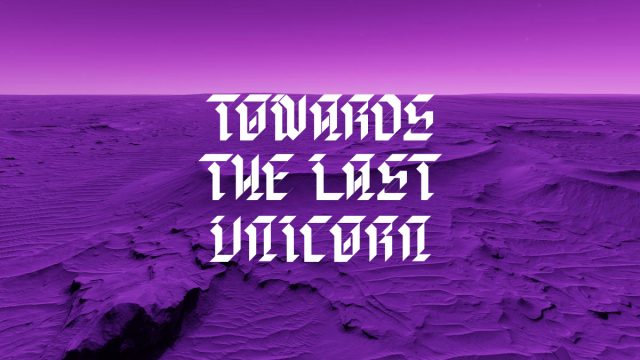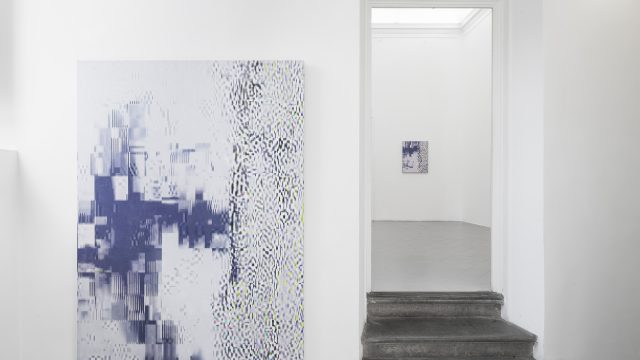Born in Venice in 1980, Lorenzo Vitturi imbues his creative universe with his personal legacy of the Venetian lagoon: a skillful use of light and color gives movement and a three-dimensional quality to photographic works that also offer palpable evidence of his previous experience as a cinema set painter and his passion for sculpture and collage in both the setting and chromatic characteristics of the shots.
Lorenzo Vitturi’s favorite place of research is the street, an inexhaustible source of ideas, materials and subjects. In particular the public markets – the first place where the artist usually goes when visiting a city – are a perfect microcosm of reality in which to observe the social, economic and cultural dynamics of a territory and, in general, of a country. This was the case with the Ridley Road Market in Dalston, multicultural district of East London, and the subject of the critically acclaimed photographic book ‘Dalston Anatomy’ (2013). Through surreal portraits and acrobatic still lifes, Vitturi conveyed his observation of a slow transformation – further developed in the project ‘Droste Effect, Debris and Other Problems’ presented at Viasaterna, Milan in 2016: the disappearance of the multiethnic composition of a neighborhood, in which the cohabitation of local cultures coming from Africa, Turkey, China, the Caribbean is constantly threatened by an implacable gentrification that is forcing many of its inhabitants to leave the neighborhood.
Hence the interest of Vitturi for West African cultures, subsequently developed during his residency in Lagos in 2015, which culminated in his latest project ‘Money Must Be Made’ (2017), presented in part and for the first time at T293. Invited by the African Artists Foundation, the artist couldn’t help but exploring the Balogun Market – a huge and sprawling street market – focusing on one portion in particular: the one adjacent to the Financial Trust House, a 27-storey building now completely abandoned and once home to multinational corporations which over time had to relocate due to the inexorable development of the street market in the neighborhood. On one side is the overwhelming chaos of the market, with its noisy streets and packed stalls set up with extraordinary creativity and wit; on the other side, the silent abandoned interiors of the Financial Trust House, dystopian version of a future hyper–capitalist scenario in which logos and big brands now lie powerless under a thick layer of Saharan sand.
Vitturi immersed himself in the streets of the market, observing how the crowds melted into an indistinguishable mass of objects and people. After interviewing and portraying the sellers and collecting various kinds of objects and products, Vitturi isolated these materials in the studio: here they were assembled, altered with pigments and paints, photographed, printed, re-assembled and finally re-photographed. His exclusively manual – and never digital – intervention prevents the compositions from showing any artificiality while instead preserving a materiality that shortens the distance with the observer, who seems to be able to touch the fabrics and objects composing the curious and precarious installations that try reproduce the imaginative settings observed in the stalls of the market. In the portraits of the sellers with their goods, we often find it difficult to distinguish one from the other, in a hypothetical fusion between human and inorganic which is symbolic of an incessant invasion of consumer goods that transcends the surrounding space and penetrates into the depths of the human body.
T293 (press release)
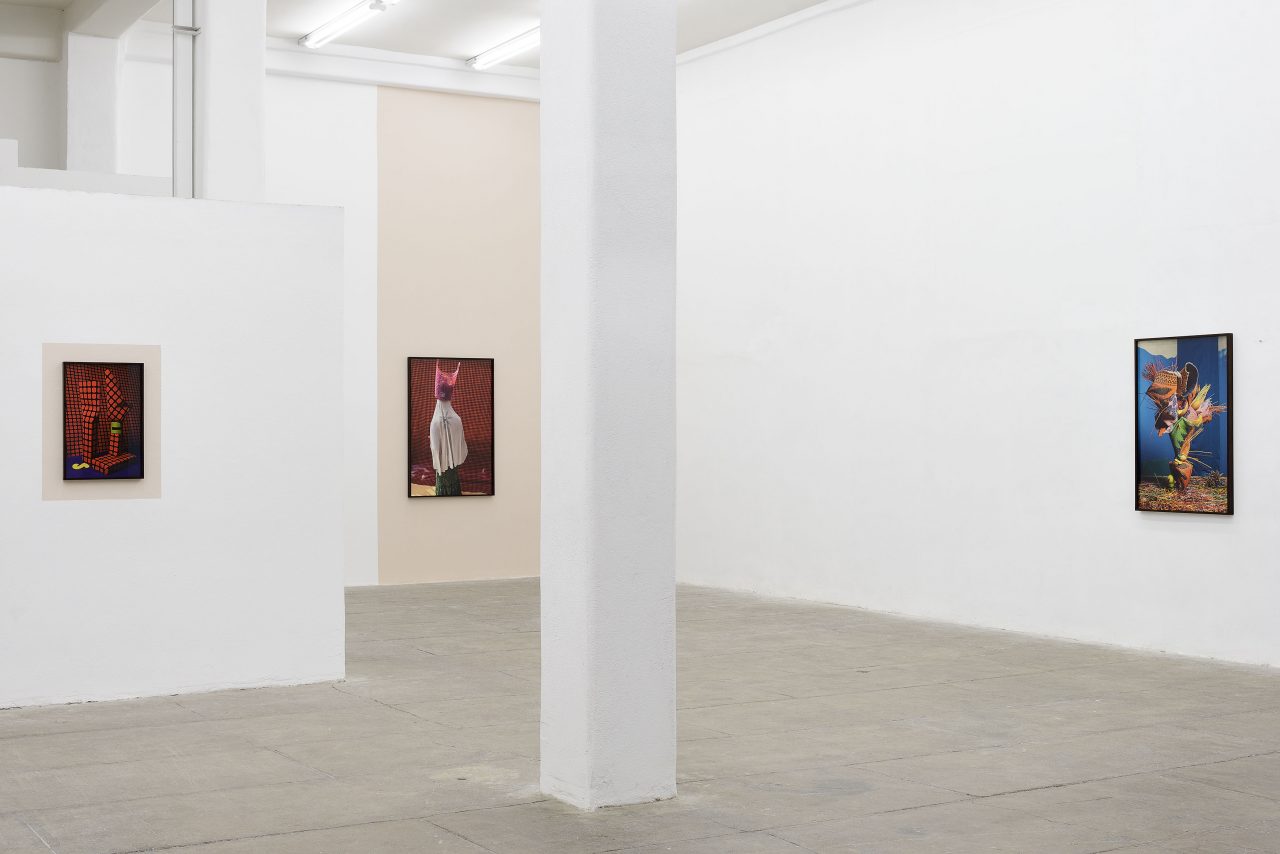
Photo by Roberto Apa
Courtesy of the Artist and T293, Rome

Photo by Roberto Apa
Courtesy of the Artist and T293, Rome
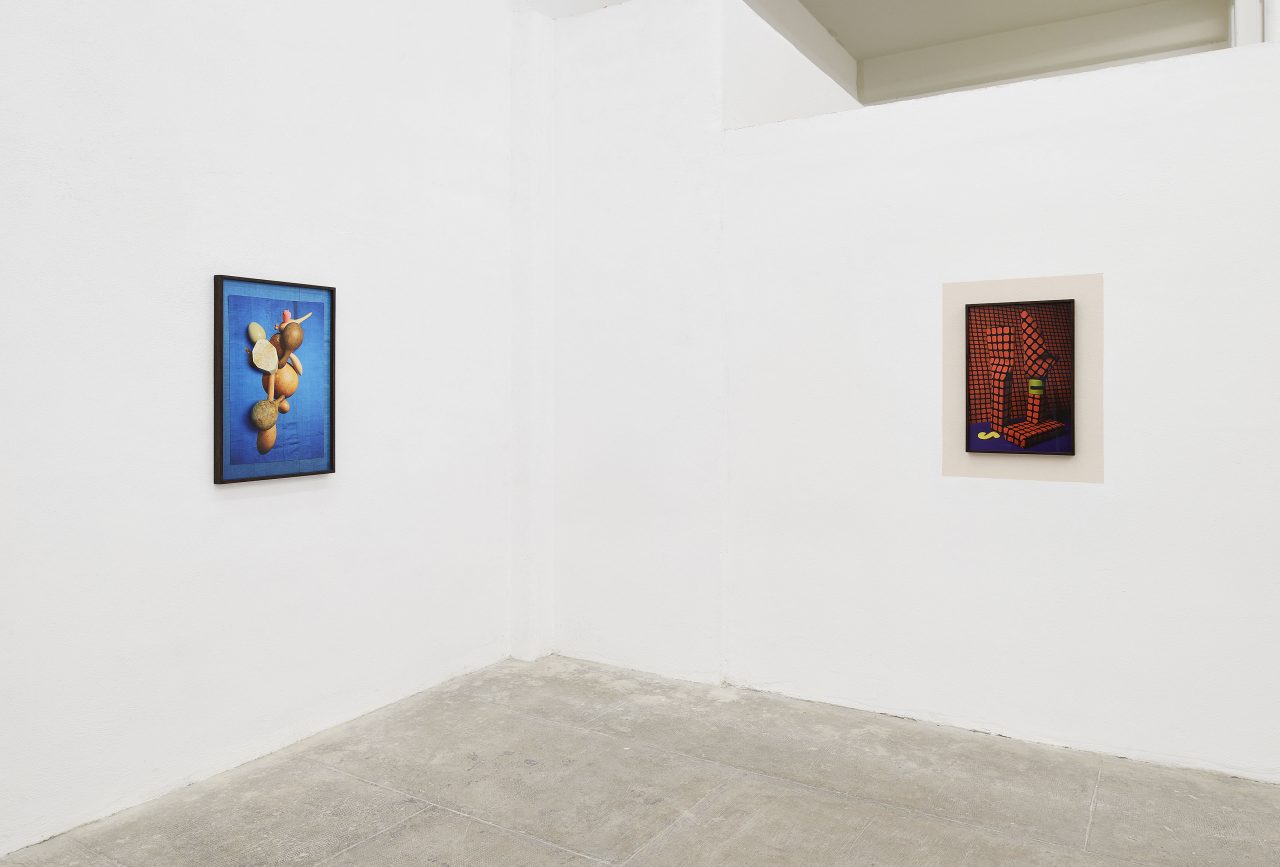
Photo by Roberto Apa
Courtesy of the Artist and T293, Rome

Photo by Roberto Apa
Courtesy of the Artist and T293, Rome
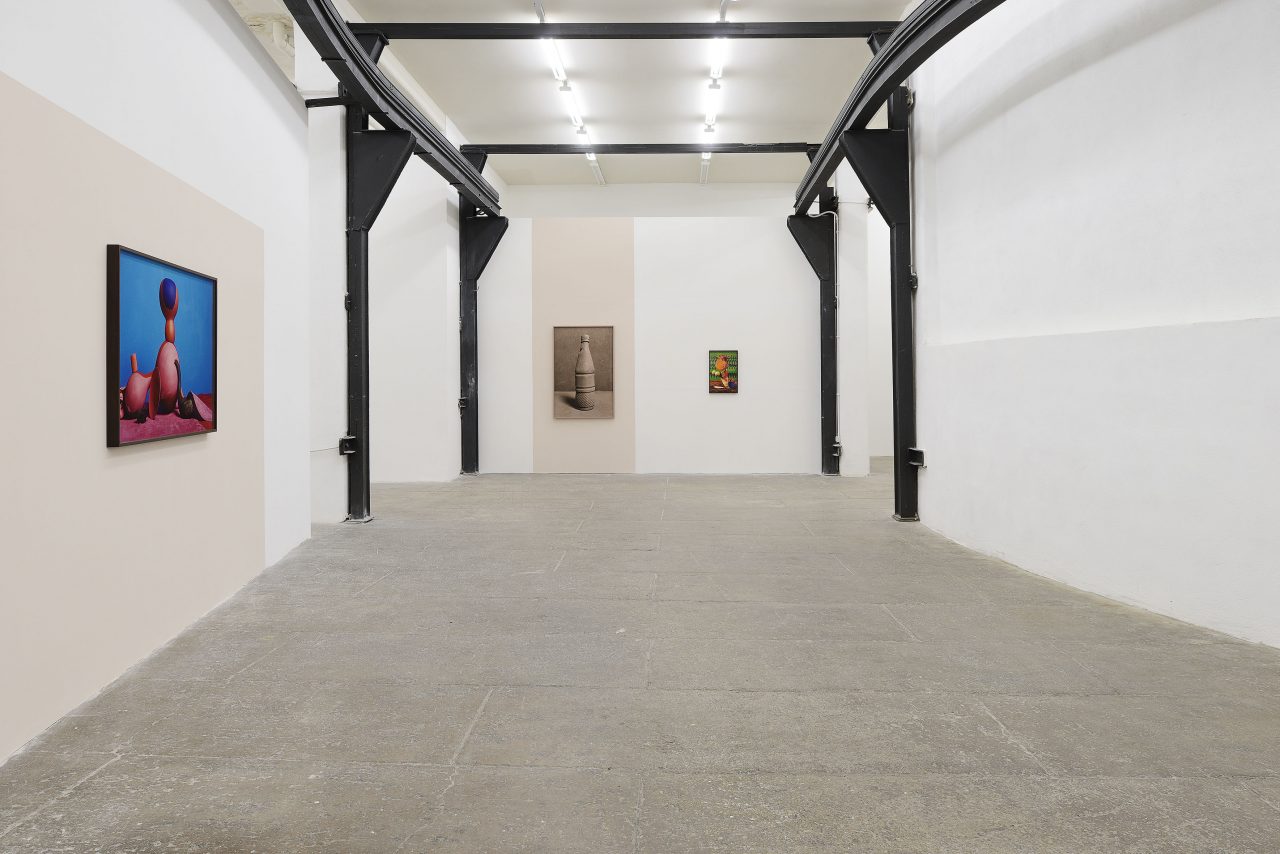
Photo by Roberto Apa
Courtesy of the Artist and T293, Rome
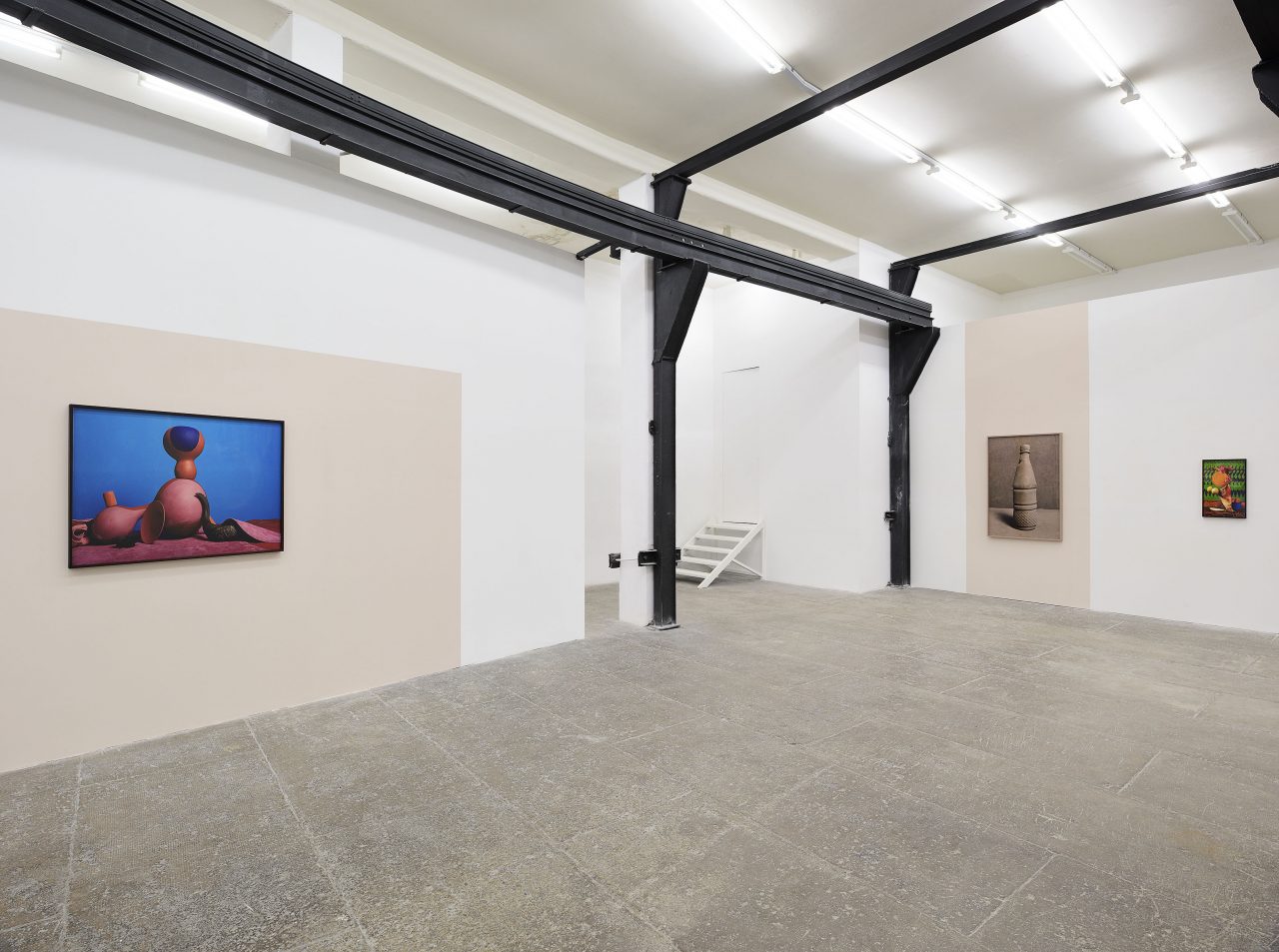
Photo by Roberto Apa
Courtesy of the Artist and T293, Rome
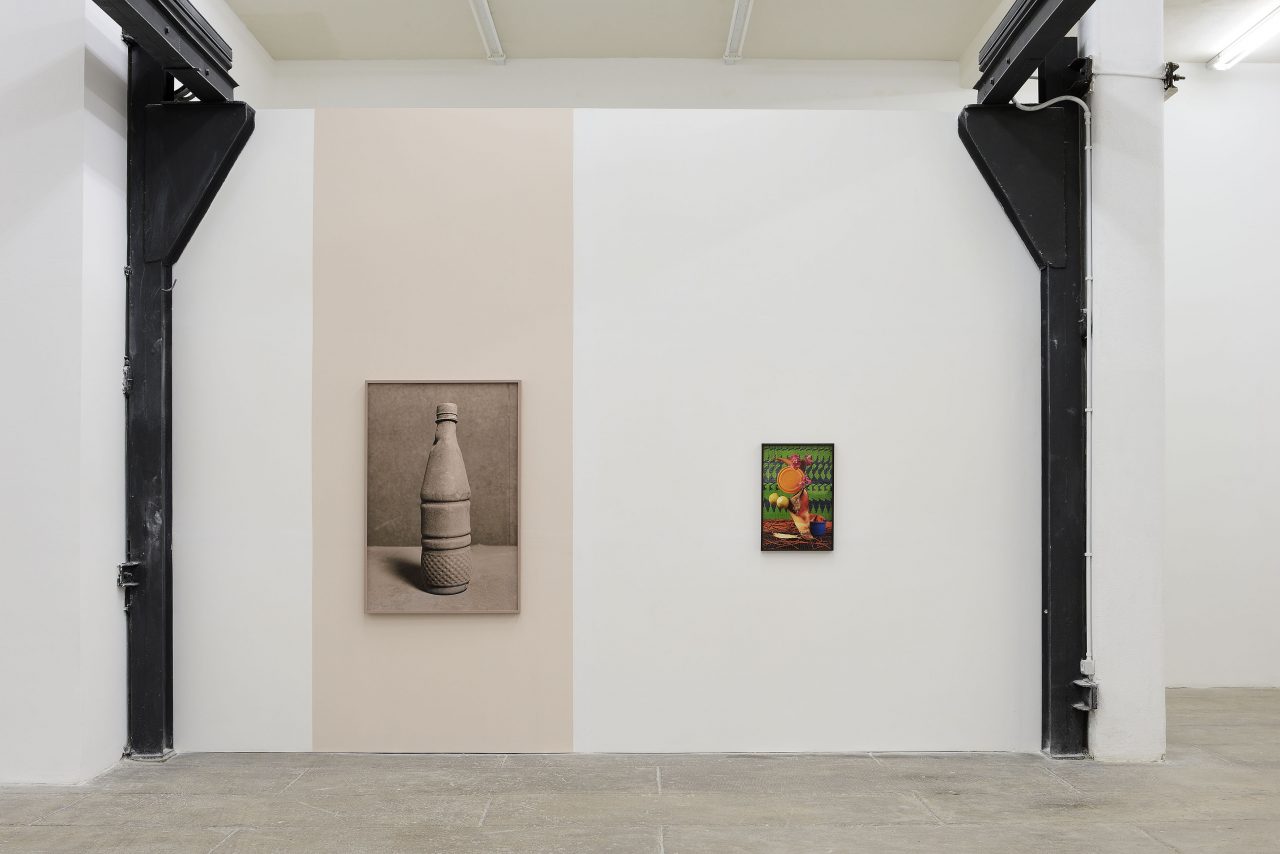
Photo by Roberto Apa
Courtesy of the Artist and T293, Rome

Photo by Roberto Apa
Courtesy of the Artist and T293, Rome
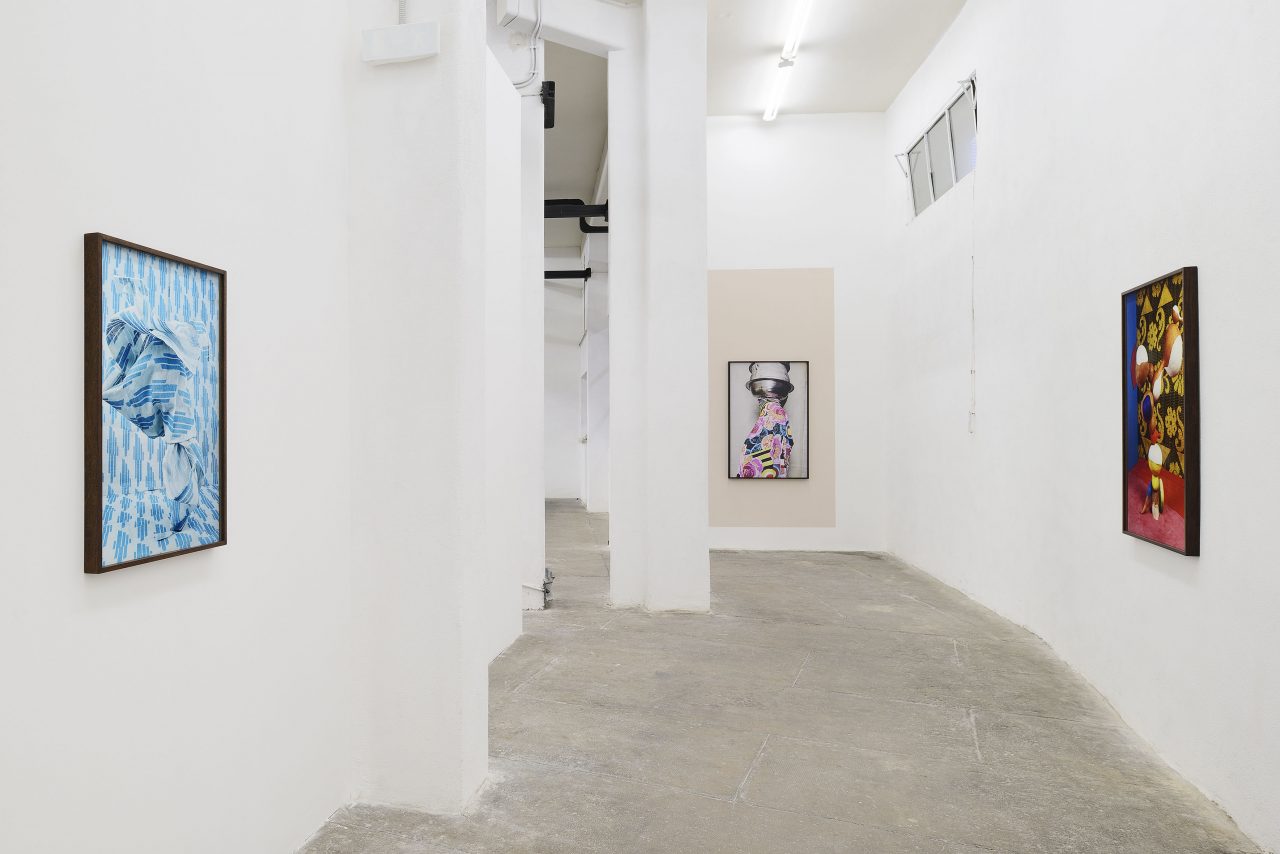
Photo by Roberto Apa
Courtesy of the Artist and T293, Rome
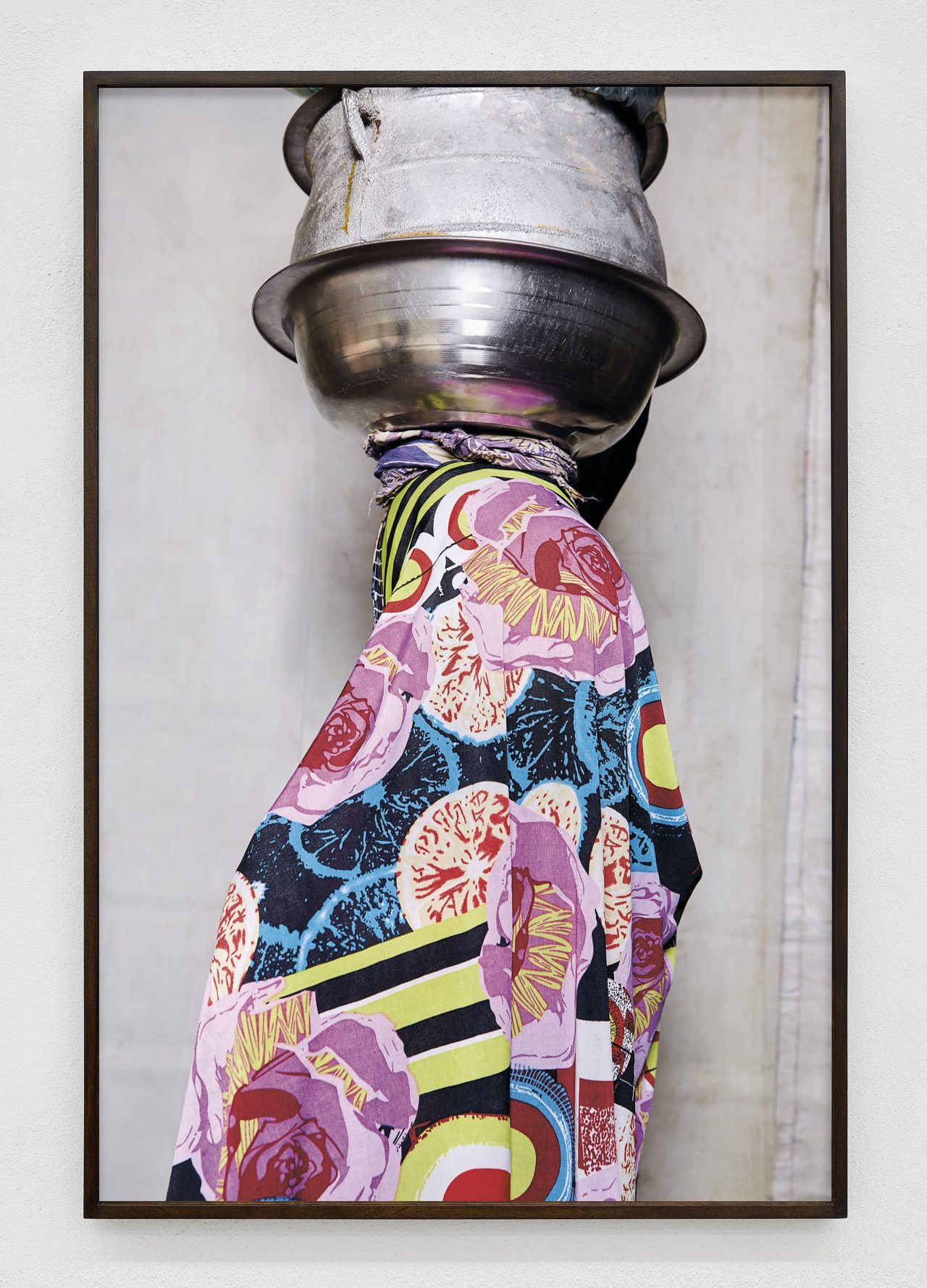
archival pigment print, anti-glare glass
130 × 86 cm (51 ⅛ × 33 ⅞ inches)
Edition of 5 plus I AP

archival pigment print, anti-glare glass
110 × 73 cm (43 ¼ × 28 ¾ inches)
Edition of 5 plus I AP
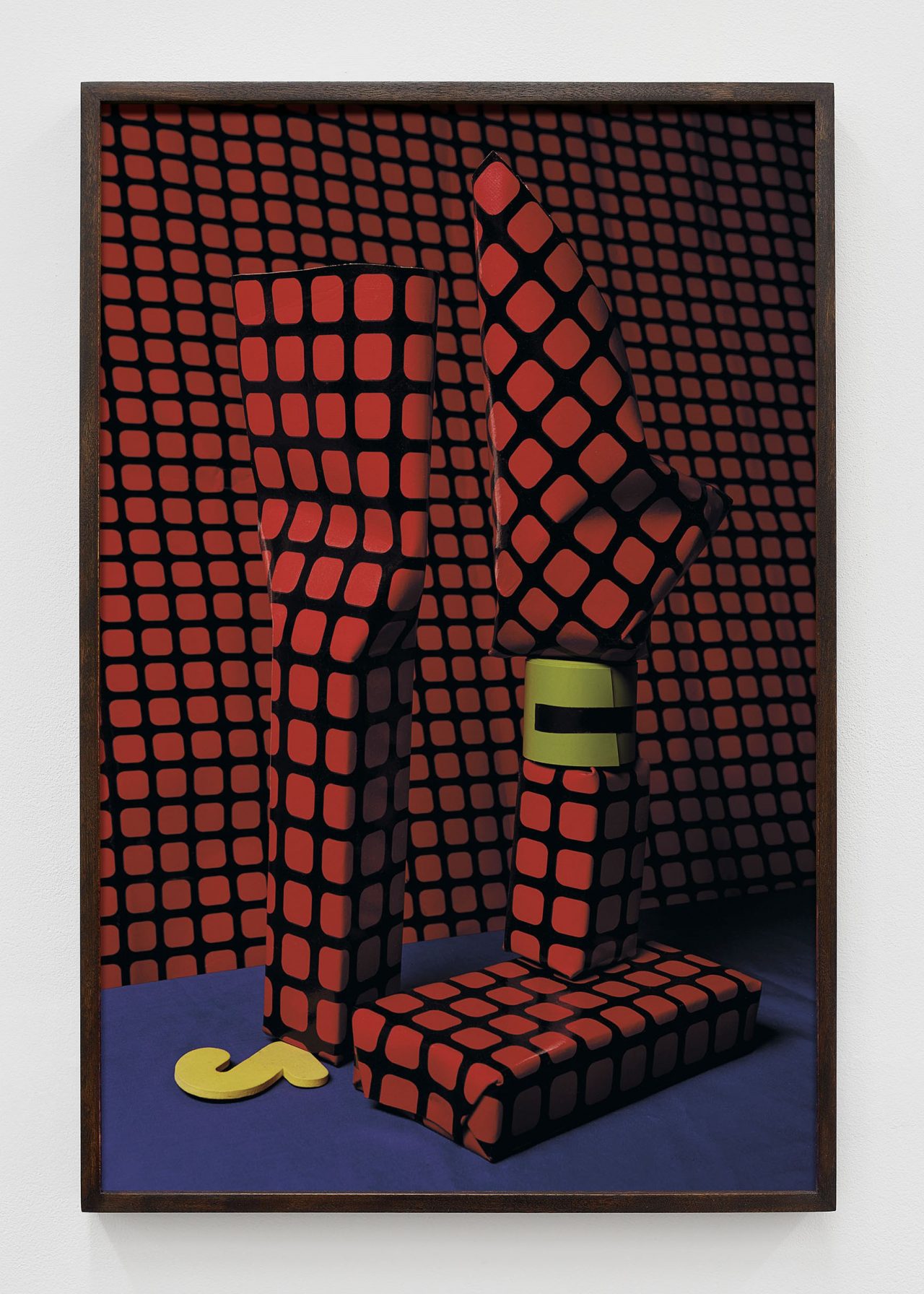
Plastic, Two and Red, 2017
archival pigment print, anti-glare glass
60 × 40 cm (23 ⅝ × 15 ¾ inches)
Edition of 5 plus I AP
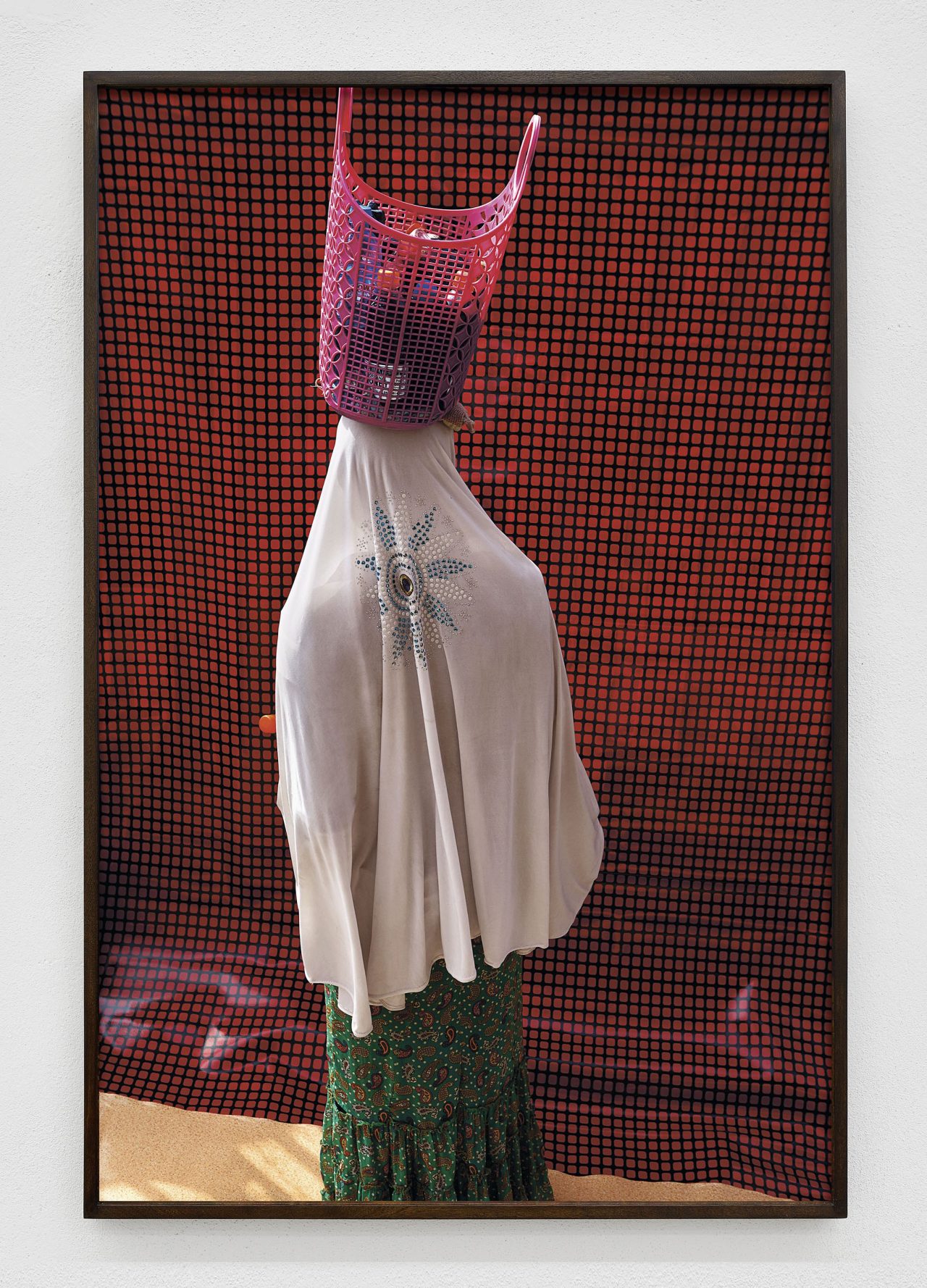
archival pigment print, anti-glare glass
130 × 86 cm (51 ⅛ × 33 ⅞ inches)
Edition of 5 plus I AP
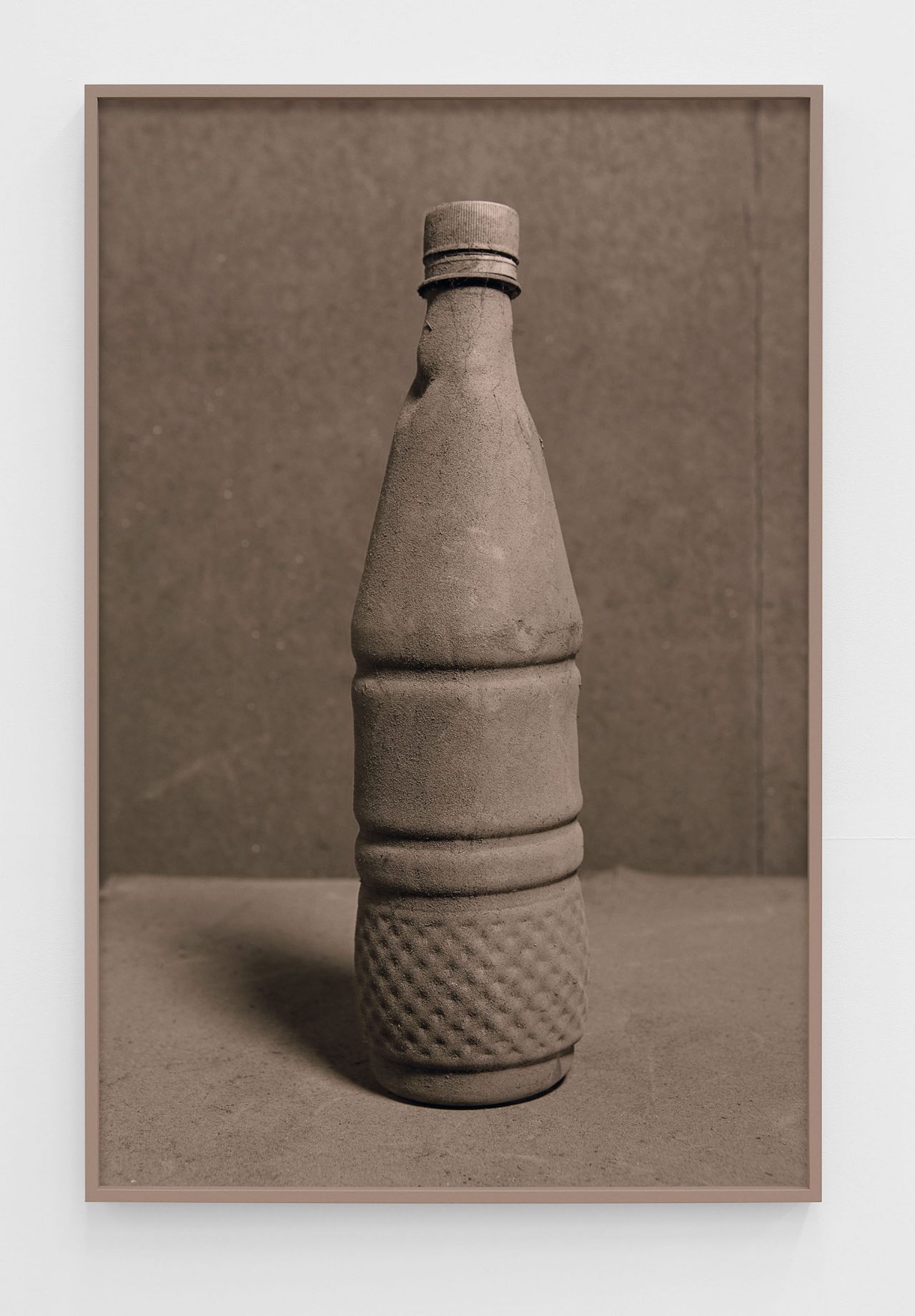
archival pigment print, anti-glare glass
130 × 86 cm (51 ⅛ × 33 ⅞ inches)
Edition of 5 plus I AP

archival pigment print, anti-glare glass
110 × 73 cm (43 ¼ × 28 ¾ inches)
Edition of 5 plus I AP

